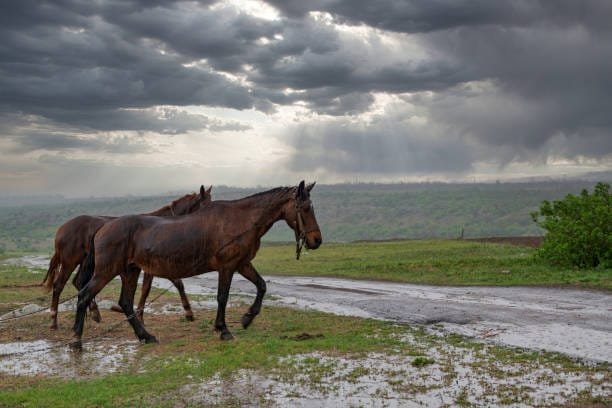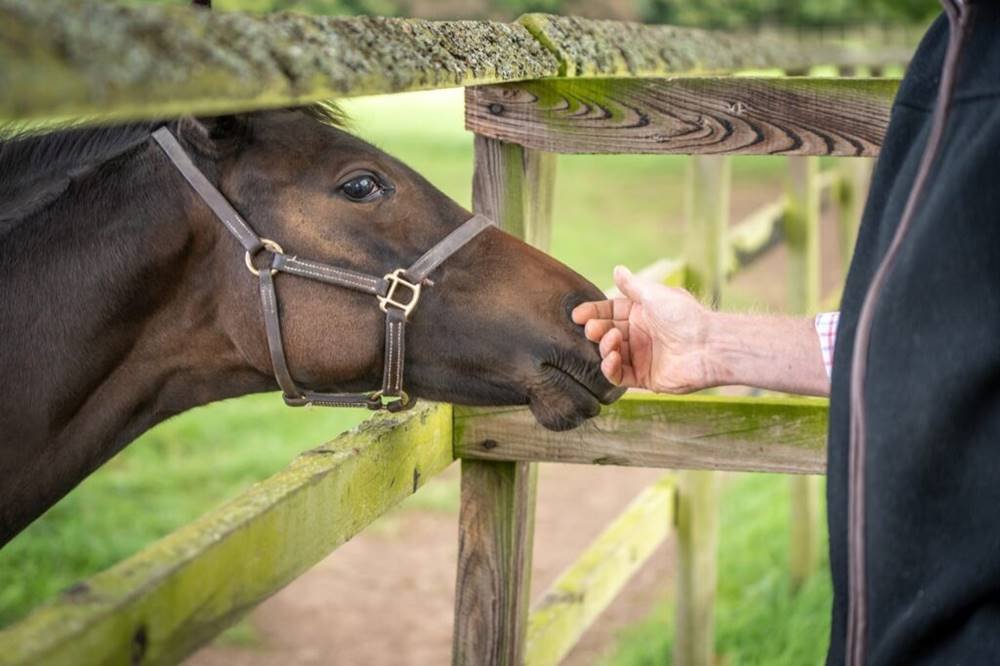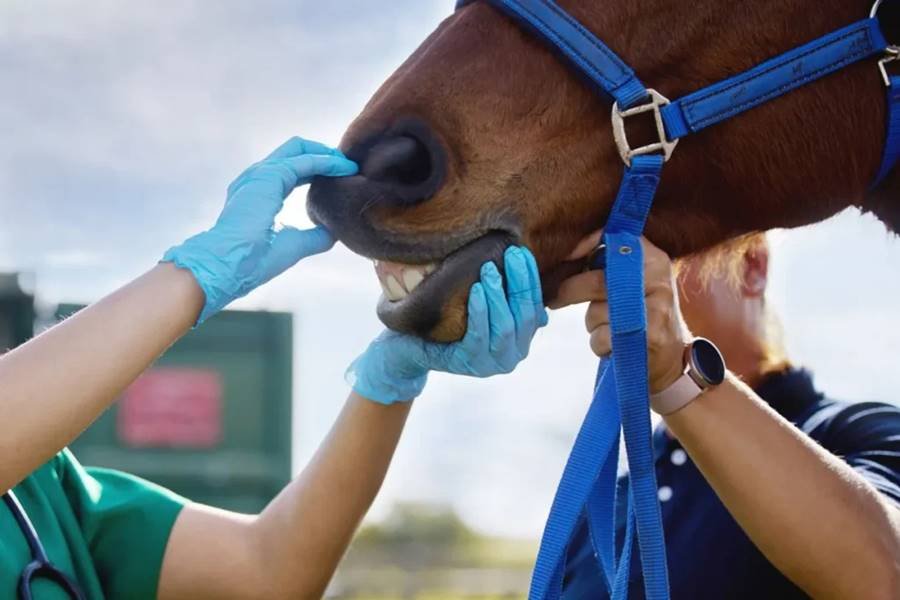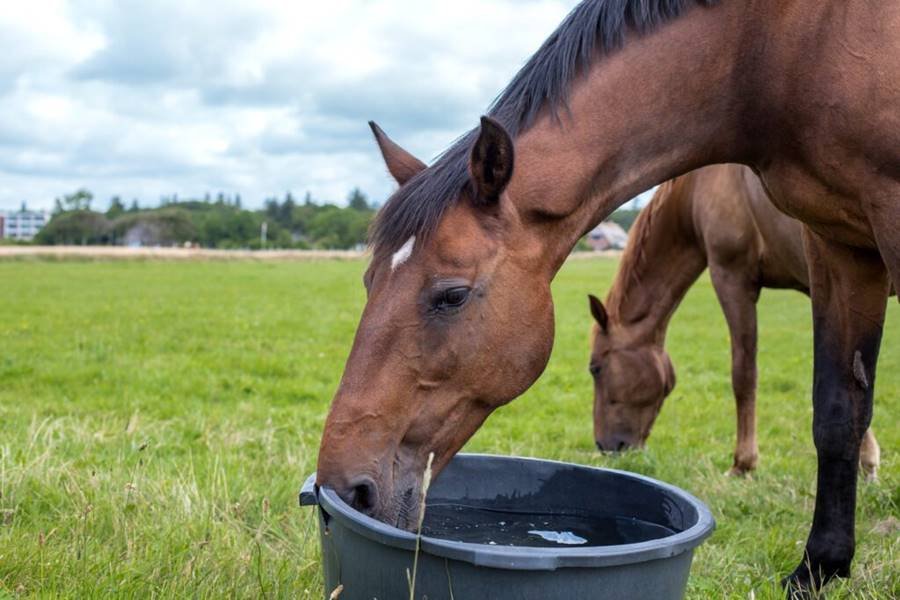If you’ve ever wondered whether horses can cope with the rain, you’re not alone.
Many horse owners are concerned about how their horses manage when the weather turns wet and rainy. While horses are hardy animals that can handle various weather conditions, including rain, there are some important considerations to ensure their comfort and well-being. In this article, we’ll explore how horses cope with the rain and how to provide the best care for them when it’s wet outside.
Can Horses Handle Rain?
Horses are naturally built to withstand the elements. Their thick coats, especially in colder months, are designed to protect them from the rain, wind, and other weather conditions. However, like any animal, they have their limits, and there are specific factors to keep in mind when it comes to wet weather.
1. The Horse’s Coat and Natural Protection
Horses have evolved to cope with varying weather conditions. Their coats are made to repel water, with a dense undercoat providing insulation. When it rains, their fur acts like a natural raincoat, keeping them dry underneath. However, if horses are left outside for long periods in heavy rain, their coats can become saturated, and their ability to keep warm can be compromised.
During the colder months, horses will often grow a thicker coat to help insulate them from the rain and cold. In warmer weather, they tend to shed their coat, and while they are still able to handle rain, they are more susceptible to cooling down quickly if they get too wet.
2. The Risk of Hypothermia
While horses are generally resilient, prolonged exposure to heavy rain, especially when it’s cold, can cause them to become chilled. Horses that are wet for extended periods can experience a drop in body temperature, leading to hypothermia. This is particularly true for horses with shorter coats or those that have been clipped.
Signs of hypothermia in horses can include shivering, a lack of energy, or a drop in body temperature. If you notice these symptoms, it’s essential to get your horse out of the rain and warm them up as quickly as possible. A dry blanket or stable is a good solution, along with some extra feed or warm water to help them recover.
3. Providing Shelter During Rain
While horses can handle rain in moderation, it’s important to ensure they have access to shelter, especially during heavy storms or prolonged periods of wet weather. A stable, run-in shed, or tree cover can give your horse a dry place to escape from the rain and rest.
If you don’t have access to a stable, consider providing a run-in shelter or a simple structure that gives your horse a chance to get out of the rain and protect themselves from the cold. Even a well-placed tree can provide some relief from light rain, but it’s essential that your horse has access to a dry area during heavy storms.
4. Blanketing Your Horse in the Rain
Some horses, especially those that are clipped or have a thin coat, may need extra protection in the rain. Using a waterproof blanket can help keep your horse dry and warm during rainy conditions. Blanketing should be done carefully, ensuring that the blanket fits well and doesn’t cause any discomfort or rubbing.
If your horse is not used to wearing blankets, introduce them slowly and monitor how they react to ensure they are comfortable. Always choose blankets designed for rainy and wet conditions, as they will provide better protection against both water and wind.
5. Hoof Care in the Rain
Horses’ hooves can become soft and prone to injury when exposed to wet conditions for too long. Prolonged wetness can lead to conditions like thrush, a bacterial infection in the hooves. It’s important to keep an eye on your horse’s hooves during rainy weather and make sure they are regularly cleaned and checked for any signs of infection.
If your horse spends a lot of time outside in the rain, you may want to use hoof boots or apply treatments that protect their hooves from excessive moisture. Regular farrier visits are also essential for keeping their hooves in good condition and ensuring they’re not overly soft or prone to damage.
6. Feeding and Hydration During Wet Weather
Keeping your horse hydrated and well-fed is important during rainy weather. Horses need extra energy to maintain body temperature when it’s cold or wet, so make sure they have access to plenty of food, especially if they are exposed to the elements. Fresh hay, grain, and access to clean water will help maintain their energy levels and overall health.
If your horse is shivering or seems to be losing weight due to the wet weather, it may be necessary to increase their feed intake to help them stay warm. Make sure they have access to clean, fresh water at all times, as dehydration can be just as harmful as being too cold.
7. Safety Considerations in Wet Conditions
Wet weather can make pastures and riding areas slippery, increasing the risk of falls and injuries. If you plan to ride or work with your horse during the rain, be mindful of the ground conditions. Avoid slippery areas and consider doing groundwork instead of riding if the ground is too muddy or slick.
Keep in mind that wet weather can also cause a decrease in visibility, so always be cautious when handling your horse outside during the rain, especially if it’s dark or foggy.
8. Signs Your Horse Is Uncomfortable in the Rain
Some horses may not mind getting wet, but others may find it uncomfortable or stressful. Signs that your horse is struggling with the rain include restlessness, excessive shivering, or trying to seek shelter. If your horse is showing these signs, it’s a good idea to provide them with a dry area where they can escape from the rain.
Conclusion
In general, horses can cope with the rain, especially if they have access to shelter and proper care. While they are equipped to handle some wet conditions, it’s important to monitor them closely during prolonged rain or storms to ensure they remain comfortable and safe. Providing shelter, keeping their coats dry, and ensuring they have adequate nutrition and hydration will help them manage wet weather effectively.




